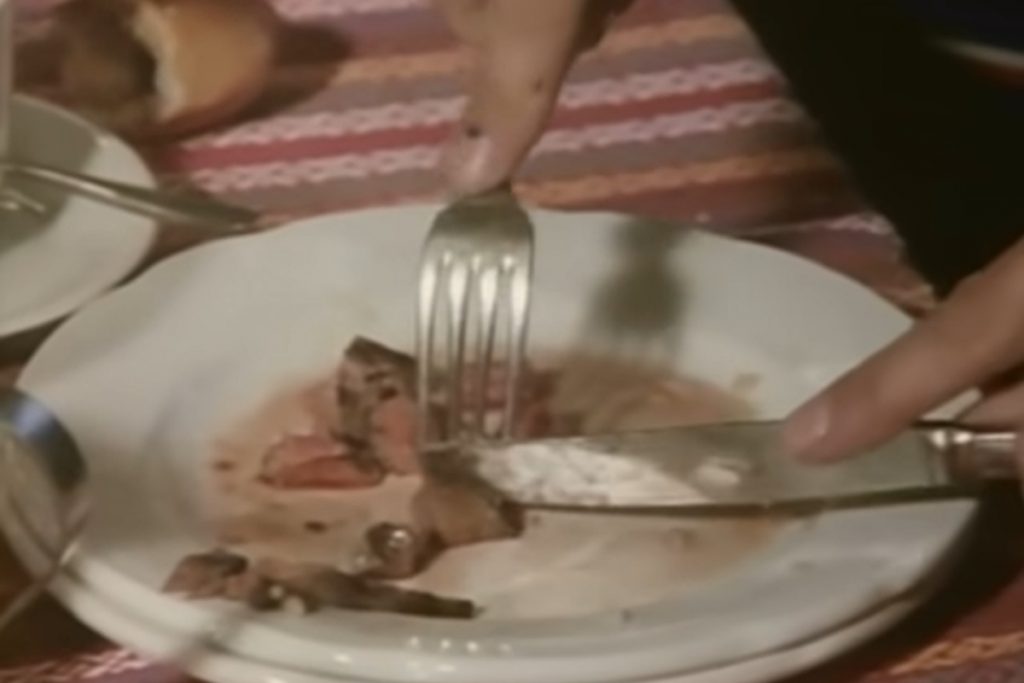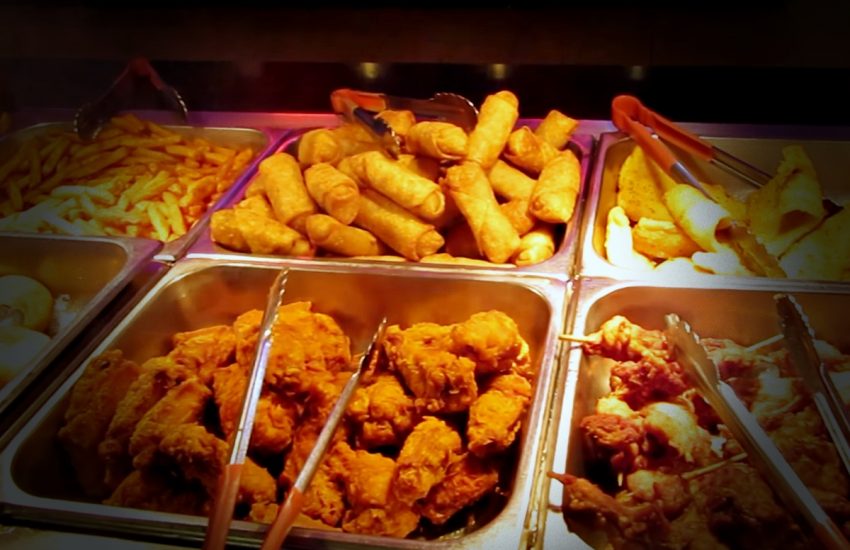Sports Dietitians Australia recommends that a cricketer eats, “a nutrient-dense base of real foods including wholegrains, fruit, vegetables, dairy products, lean proteins and vegetarian alternatives.” This advice is sufficiently sound and boring that you could probably have guessed it yourself.
Early in legendary 1976 Paris-Roubaix documentary, A Sunday in Hell, we see the Brooklyn team fuelling before the race. The narrator confidently informs us: “A rare steak is a good breakfast for what lies ahead.”

Contemporary cycling nutritionists disagree. These days a cyclist’s pre-race breakfast is rather more carb heavy: oats, toast, oats, rice, oats, bananas, oats, pancakes or oats. They might have a bit of omelette. Probably not rare steak. But definitely oats.
We all know that sports nutrition has evolved. No longer do footballers quaff a pint of full fat milk at half-time (although according to Mark Wood, this remains Ben Stokes’ favourite tipple). But let’s be frank: refrigerated toasties aside, food habits were more interesting back in the day, precisely because they were so much less scientific.
That’s the theme of a series of adverts videos produced by the Rajasthan Royals this season, wherein Kumar Sangakkara and Shane Bond compare then and now.
They’re actually disappointingly light on detail, but we did find two highlights:
- Sangakkara says that at the end of his first Test series, it was Arjuna Ranatunga’s final Test, which meant he was given “the freedom to order whatever he wanted” for lunch – and so the whole Sri Lanka team had a massive Chinese banquet, right in the middle of a day’s play.
- Bond says he remembers going to Zimbabwe “when there was no food” and New Zealand team-mate Craig McMillan apparently bought “a box of flakes and a tray of diet coke” from the shop and just ate that. It’s striking to our British ears that Bond doesn’t say ‘cornflakes’, just ‘flakes’ and that imprecision is funny to us. (It’s not clear how McMillan’s scurvy was later treated.)
The videos have been produced to promote a food service that largely seems to revolve around houmous. Sangakkara also says the word “millet” more times than any human has previously said it.
We’re pretty sure one of you isn’t signed up for the email. Please will that person immediately sort that out.



What the hell are those at the top of the top photo?!!
I am NOT eating those!!!
I’m less concerned about what they are, but quite concerned about what they were.
Far be it from me to hold myself out as an expert on fried foods of a kind that I haven’t eaten in a very very long time. But I’ll try to guess/explain the items:
* top row left – chips
* top row centre – fried spring rolls
* top row right – fried wedges of some sort, perhaps potato or corn tortilla type substances
* bottom row left – too little visible to judge but it looks suspiciously unfried, eg baked potato
* bottom row centre – pieces of fried chicken – upper wing by the looks
* bottom row right – smaller pieces of chicken or turkey on skewers, fried
Good luck eating that lot and then taking to the field of play for 100 balls/120 balls/50 overs/another 4-and-a-half hours of cricket [delete where not applicable or highlight where applicable]
By flakes, does Bond maybe mean the Cadbury chocolate Flakes (a chocolate bar available in Aus and NZ?), and not cornflakes? The former would definitely be a better accompaniment to the Diet Coke, although it wouldn’t have helped his scurvy.
Oh yeah, we get Flakes. We’re going to have find that bit of the video again now to see if there was some detail that made that a less likely interpretation, like maybe he had them in a bowl.
Maybe it was just the idea that they had “no food” but did have Flakes.
He did say “a box of flakes” and made a hand gesture roughly cornflake box size, but that’s not definitive proof. We’re talking bulk buying , so could still have been a box of Flakes.
Far be it from me to assert deep knowledge on flakes…or Flakes, but my cultural-mores-meter suggests that a Kiwi would mean grain flakes by the word “flakes”. If the Conchords are to be believed, single Kiwi males tend to subsist almost entirely on the stuff.
But there are many types of grain flake, not just corn flakes: bran, wheat, oat, rice and of course, the choice for those who find it hard to choose: Multigrain Flakes. You could produce several pieces on this topic, KC – one article for each type of grain flake – could make an interesting cereal.
We really need to add a plugin so people can respond to comments with emojis.
My favourite bit of sports nutrition footage is on Run Forever, the film about ultra-fell-runner Nicky Spinks’ completion of a double Bob Graham Round. This is a fell running challenge in the Lake District, the single round is c28000 feet of uphill over 60-odd miles in 24 hours – I think only 2 people have ever done the double, for obvious reasons. What food can fuel such a massive undertaking? Especially as you have to keep eating and then run straight away, but not throw it all up…
It turns out the answer is lots of rice pudding, plus at 22:10 on the video you see her at approaching the halfway stage tucking into the ultimate endurance sports science nutritional solution – a big portion of fish and chips.
https://youtu.be/2ABR30IHlq4?si=9Jd-nolPHw5RFotE
Love an endurance sport documentary with food. We’ll give that a watch.